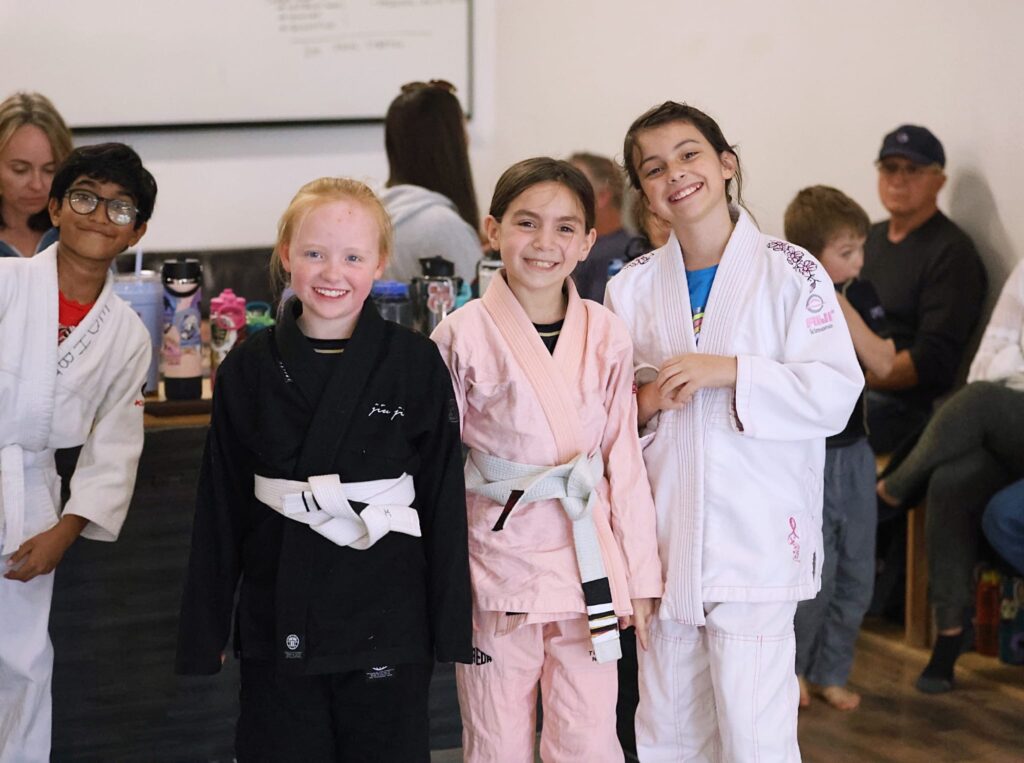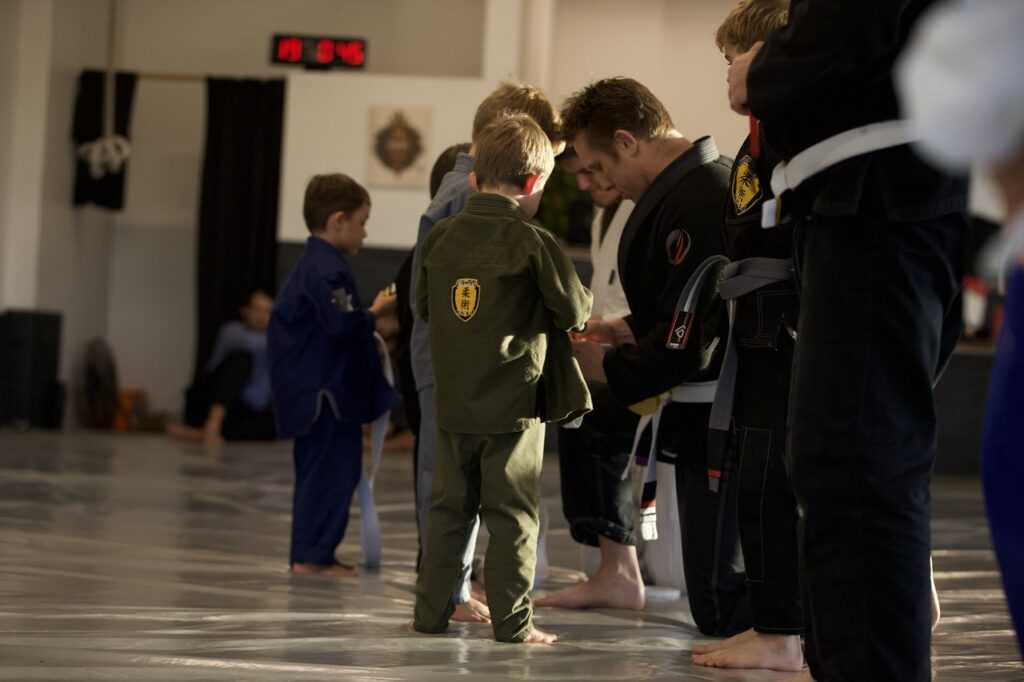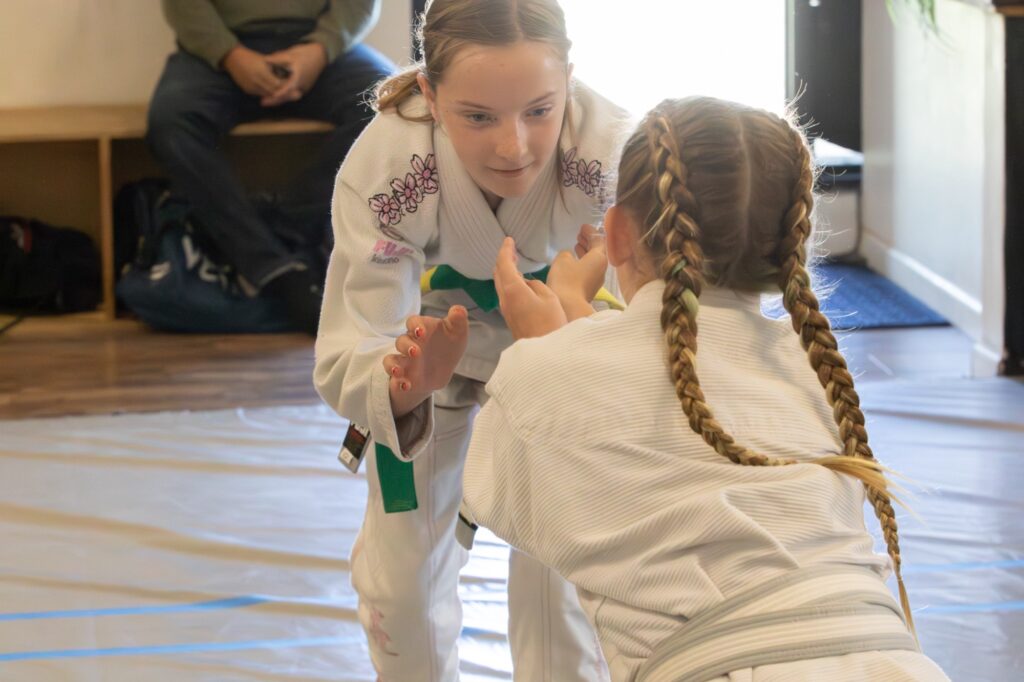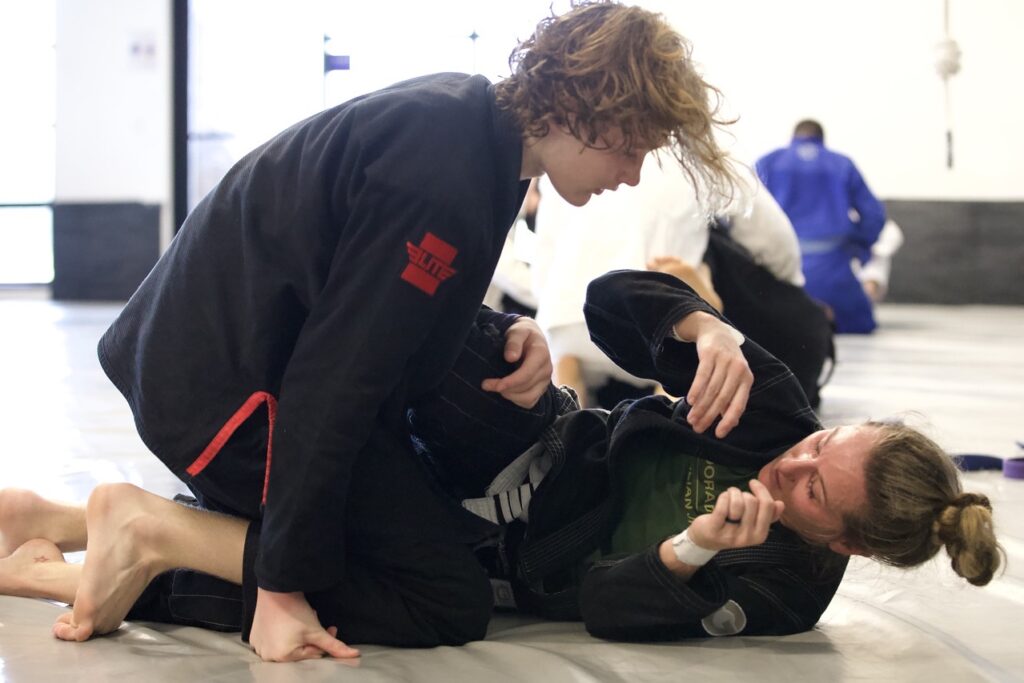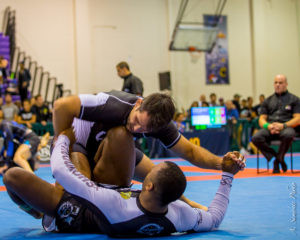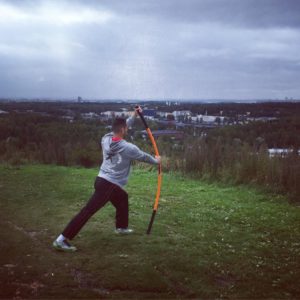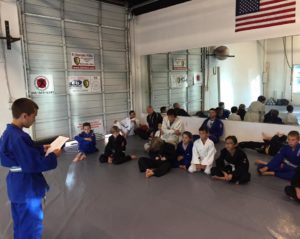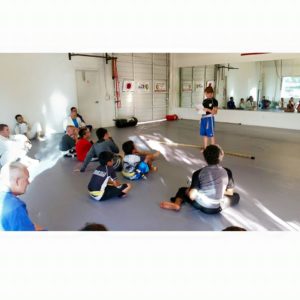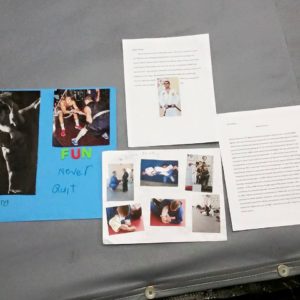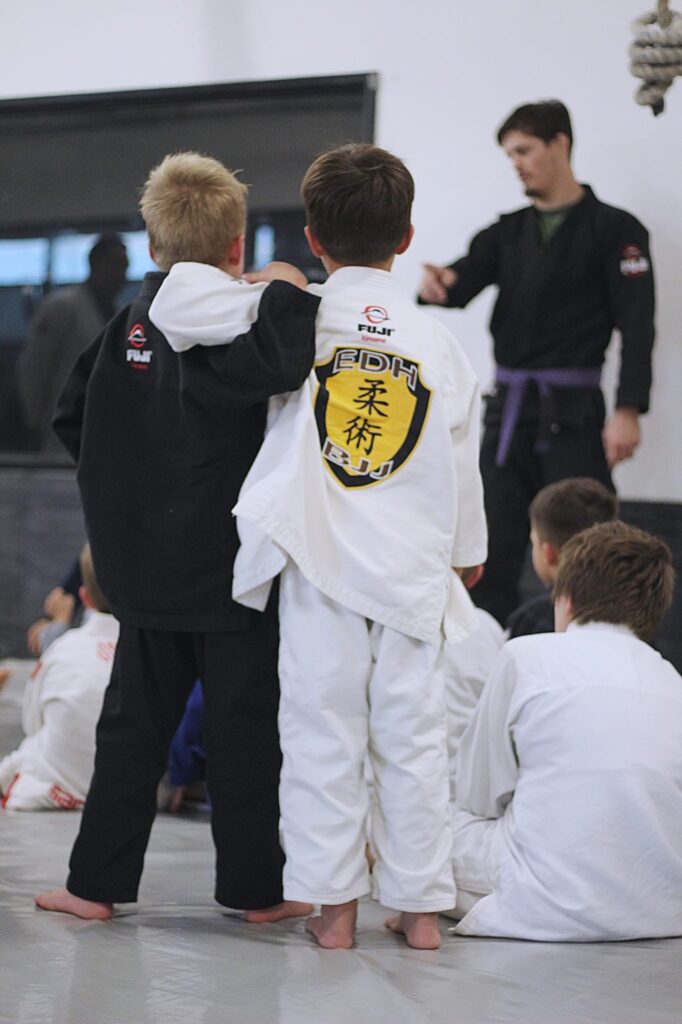
If you’re thinking about getting into martial arts, you’re not alone! People from all walks of life are discovering the benefits of martial arts training, from improved fitness to greater confidence. At El Dorado Hills Jiu Jitsu, we make it easy for anyone to get started with martial arts, whether you’re interested in fitness, self-defense, or building mental resilience. Here’s why training at our dojo is a great choice for beginners and experienced athletes alike.
The Benefits of Training in Martial Arts
People often come to martial arts to get in shape, learn self-defense, or simply try something new. Whatever your goals, training in martial arts offers a range of benefits for both your physical and mental health.
• Boosted Fitness and Flexibility: Martial arts training provides a full-body workout that strengthens your muscles, improves flexibility, and increases cardiovascular health.
• Stress Relief: Physical activity is a natural stress reliever, and martial arts training helps you focus, clear your mind, and leave the day’s worries behind.
• Self-Defense Skills: Learning effective self-defense techniques gives you the tools to protect yourself and boosts your confidence in any situation.
• Mental Toughness and Focus: Martial arts challenge your mind as much as your body, teaching patience, discipline, and resilience that translate to other areas of your life.
What is Brazilian Jiu Jitsu?
Brazilian Jiu Jitsu (BJJ) is a martial art that focuses on grappling and ground fighting, using technique and leverage to control and submit opponents. Unlike some martial arts that rely heavily on strength, BJJ is about using technique to overcome an opponent, making it accessible for people of all sizes and fitness levels. BJJ is also an effective self-defense skill, as it emphasizes controlling an attacker without necessarily causing harm.
Why Choose El Dorado Hills Jiu Jitsu?
At El Dorado Hills Jiu Jitsu, we’re more than just a gym—we’re a supportive, community-driven martial arts school where everyone is encouraged to reach their full potential. Here’s what makes our dojo a special place to train:
1. Experienced, Passionate Instructors: Our coaches are highly skilled in Brazilian Jiu Jitsu and other martial arts, bringing years of experience and dedication to every class. They’re here to guide you, answer your questions, and make sure you’re learning safely and effectively.
2. Beginner-Friendly Classes: We know it can feel intimidating to start something new, but we’ve created a welcoming environment for beginners. Our structured classes allow you to learn at your own pace, building confidence and skills from day one.
3. Community Atmosphere: One of the biggest benefits of training with us is joining a community that’s a supportive team. Whether you’re a young student, an adult just starting, or an experienced athlete, you’ll feel the encouragement and support of everyone around you.
4. Programs for All Ages and Levels: From youth programs for kids to advanced classes for adults, we offer something for everyone. Our kids’ classes focus on fun and discipline, while our adult classes offer serious training for fitness, self-defense, and competition.
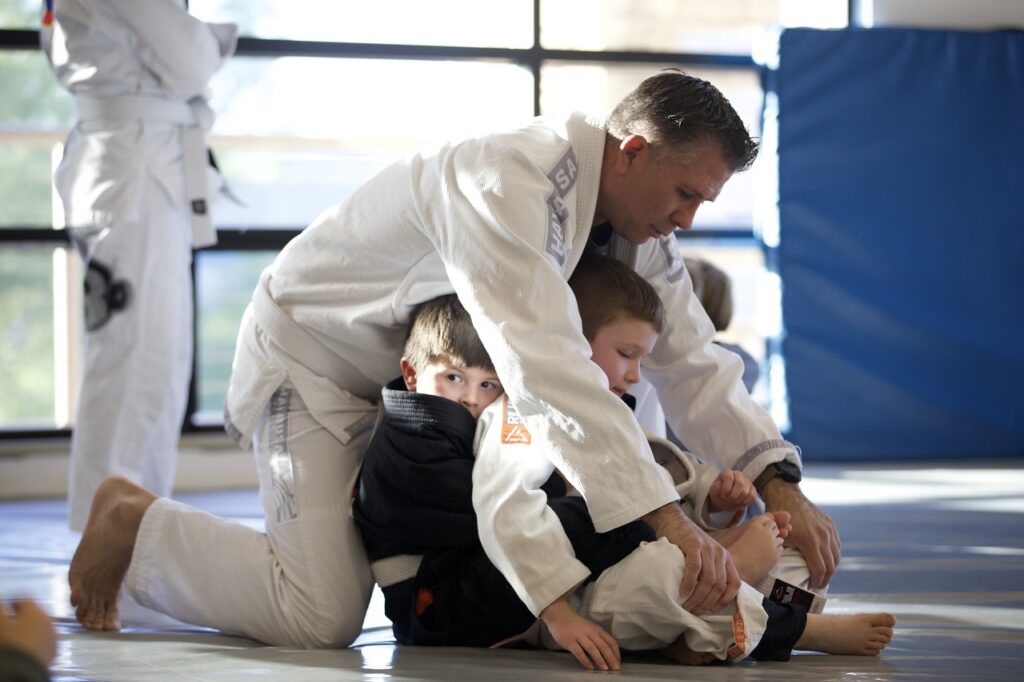
Flexible Schedule to Fit Your Life
We understand that finding time to train can be challenging, which is why we offer a variety of class times, including early morning, afternoon, and evening options. Whether you’re looking to get a workout in before work or prefer evening sessions, we have classes to fit your schedule.
How to Get Started
Starting martial arts might seem intimidating, but at El Dorado Hills Jiu Jitsu, we make it simple. Here’s how to take your first step:
1. Contact Us: Reach out to us to learn more about our classes and schedule. We’re happy to answer any questions you have.
2. Try a Class: We offer a introductory class so you can experience our training firsthand, meet our coaches, and get a feel for the community.
3. Join Our Community: If you enjoy the class, we’ll help you get set up with a membership that fits your goals and schedule.
Take the First Step Toward a Stronger You
El Dorado Hills Jiu Jitsu is here to help you on your martial arts journey, whether you’re looking to improve fitness, learn self-defense, or challenge yourself mentally. Join our supportive, friendly community and experience the benefits of martial arts training for yourself.
Ready to get started? Contact us today to book your free introductory class and take the first step toward a stronger, more confident you!

